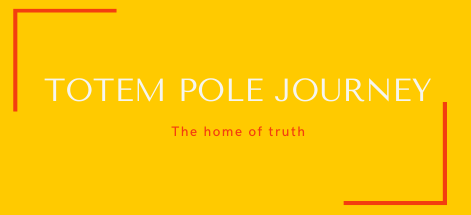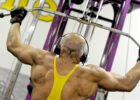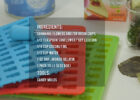Having trouble building your calves? These techniques when paired with HGH for cutting fat will help you develop your calves in all their dimensions, including the difficulty of reaching the inner and outer areas.
Technique # 1 – ski jumping calf raises
Your machine calves must be screwed firmly to take full advantage of this technique because it pushes against the machine at an angle.
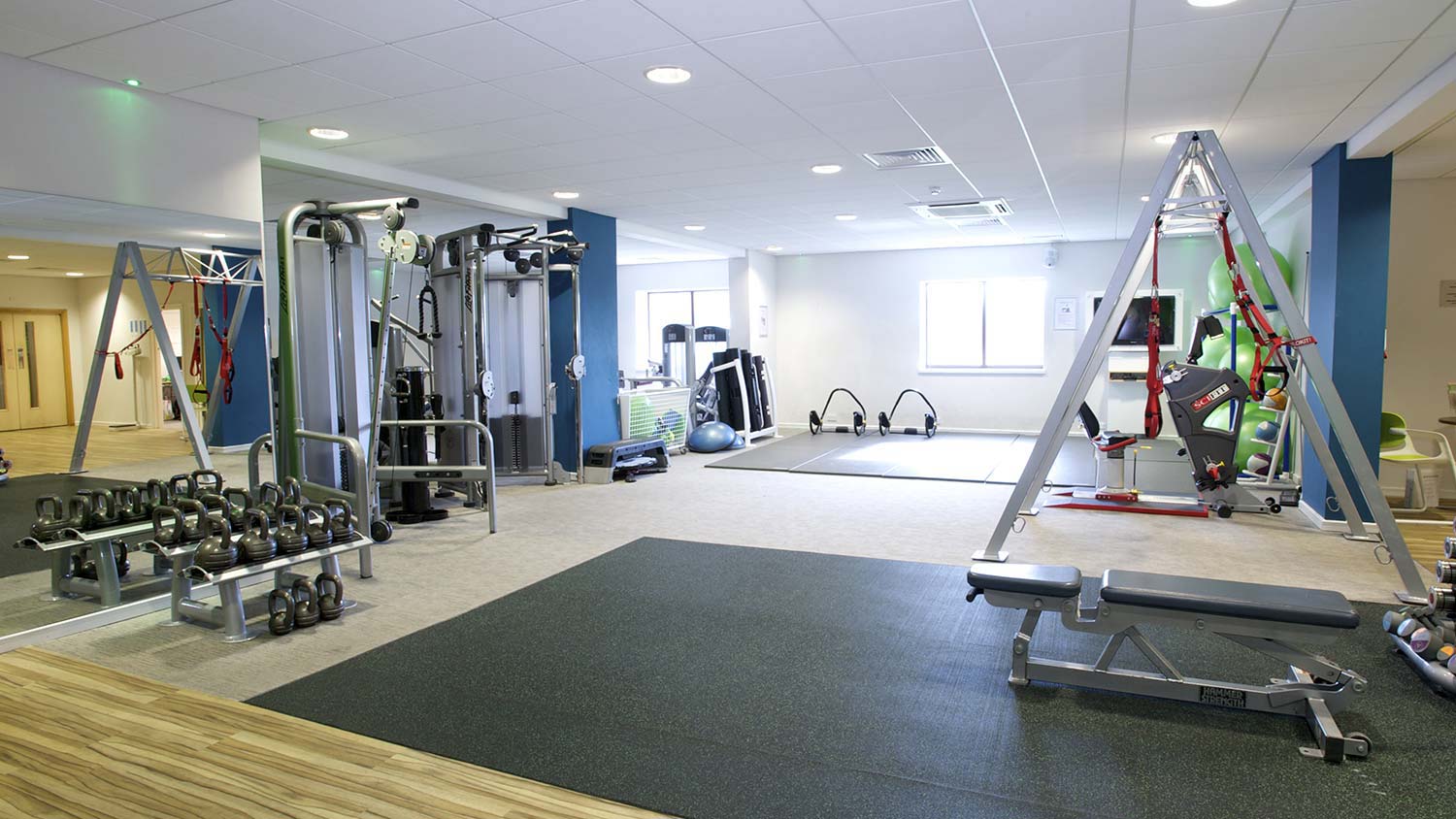
Set your shoulders in the calf raise machine as you would normally. Now, put your feet up from there (do not use a calf-how by category for this technique, where the block could slide) so that your body is at an angle. You will see something like a ski jumper in this position. Push up and forward in the calf raise from this position.
This angle increases the tension in the stretch position and works the calves in a very particular angle, not found in any other calf movements. This technique is ideal for any sport requiring explosive forward movement, for example, tennis, football, soccer, volleyball, etc., from the position of the body with this technique mimics that movement very closely.
It is also particularly useful if you find that we lack strength in the calf machine you use. As you push forward against the machine, as well as weight, resistance will be higher.
Note: Make sure your shoes have a good grip and not on a slippery surface using this technique. Your feet might slip.
Technique # 2 – With the weight plates to hit the calves Interior and Exterior
This technique works on any variation of calf raising the price of normal calf machine rises to lift the heels Smith machine calf weight raises. The calves do not only work inside and outside but also help you develop incredible strength and stability of the ankle.
Instead of using a calf block or the mother’s regular machine, you should use one or two plates weighing 25 pounds (depending on the area you want to hit the legs) sits on the floor. This will put his feet during the exercise.
For calves from the inside, place a plate of 25 books on the floor. Stand so that only the forequarters inside of your feet are on the plate. The sides of the feet are half of what his ankles slope down and away. When you run the calf raise, raise the sides of the feet and up into the side of the big toe of each foot. Try forcing your heels together as they go for a little extra stress on the inside of the calf. Cancel down and out to complete the movement.
For calves outside, use two plates, with about six inches of space between them. Place neighborhoods outside front feet on the sides of plates. His feet were tilted downward and inward Roll and do not raise a calf, then return to the starting position. Make sure you press the two positions to maintain the balance of the ankles and calves.
Technique # 3 – feet high heel Calf
For this, you will need a treadmill with an incline. It’s very simple but produces extraordinary pomp, muscle development, even the most recalcitrant calves. It is one of the most effective techniques you can use to go beyond the development of calf plates.
Set the tape to the highest it has tilt adjustment and put the machine at a relatively slow speed. We are not trying to do cardio here, you try to force the blood to calves.
Walk for five to ten minutes each time, focusing on pushing with the legs at each time step (such as an increase in mini-calf). Keep your body in a straight vertical position to maintain the strength in the calves.
This is a great way to improve blood circulation in the calves. When you finish your set, stretch your calves hard once they are fully pumped to expand the fascia. For more information on the stretching of muscle growth, see the following articles:
Technique # 4 – The calf raises a dumbbell
By the calf of one leg, standing on a dumb bell handle (preferably with a series of plates so it rolls). This tendency to roll will make you work to stabilize the pipe in the calf to increase its effectiveness. Make sure to cling to something solid that we do this exercise because they do not want to.
The trend of the scroll bar allows you to roll your foot on top of the handle, which gives the length of the calf at the top. On arrival, throw the weight slightly. Make a little before you get to get a better stretch.
You can also perform this technique in the dumbbell plate itself rather than the handle (make sure it is going on with both hands if you do the version is very unstable).
Use a greater weight (eg 85 pounds) if you can, if a smaller will still work. The reason for the greater weight is to ensure the plates are large enough to fit in the comfort (one plate weighs only can penetrate the foot very painfully).
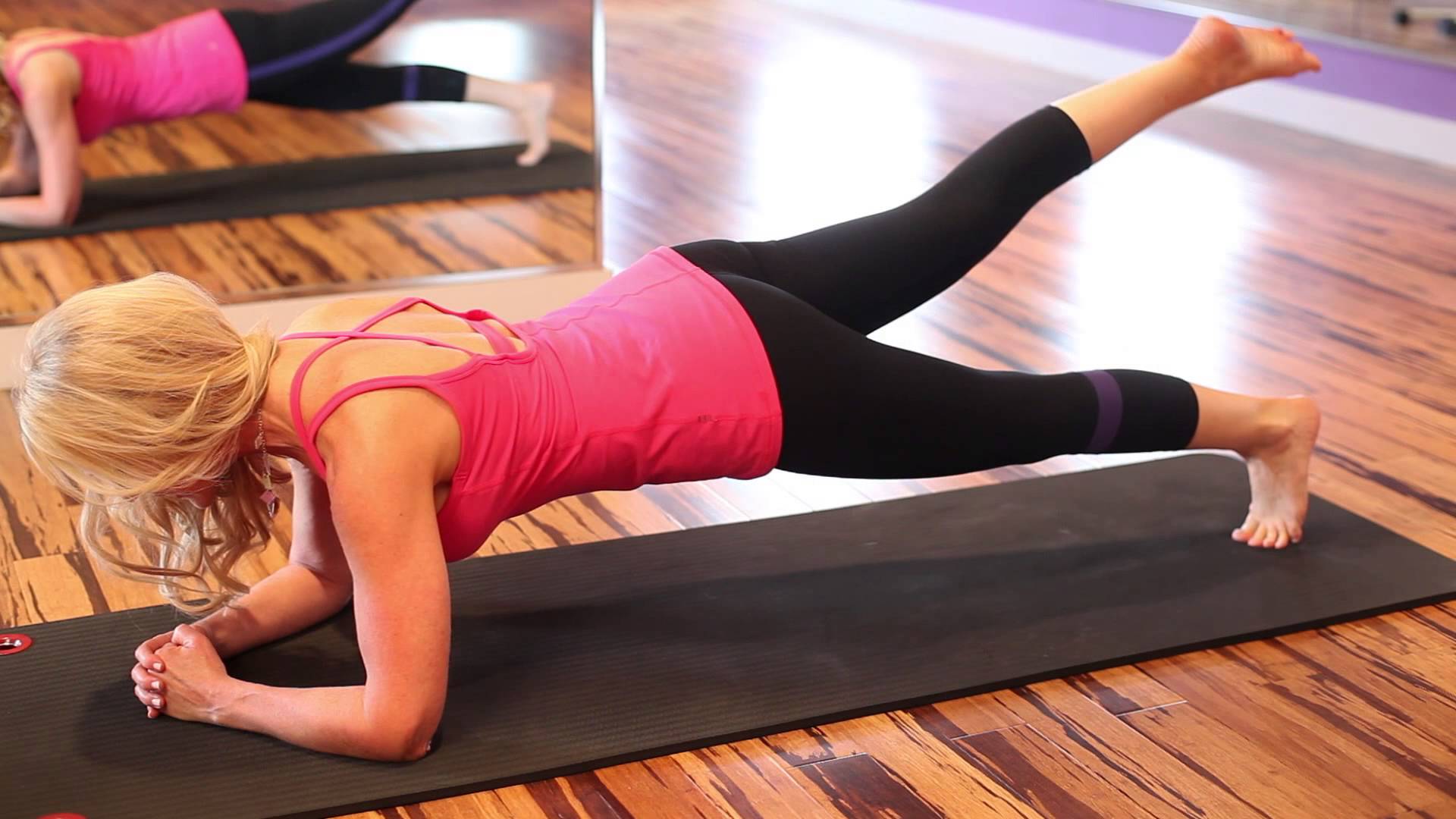
Technique # 5 – Add Sets
Add a package is just the opposite of a whole drop. Instead of dropping the weight over the course of an extended set, in fact, it will increase, hence the “add”.
It is a very effective technique, especially for calves, which recover the work very quickly. Calves must be very busy to make it grow and this technique is compatible with the law.
Start with a moderate weight for the first round, something that can do about 12-15 repetitions. Scenarios, the passage of the machine, shake your legs, then add 10-20 pounds (or more) in the machine. Step back and do as many repetitions as you can. Download, add more weight to the machine, and do it again. Repeat 3-5 times or until you can no longer than five or more reps with the weight. Your calves should be fully prepared by then!
Conclusios
If you have trouble building your calves and do not seem to react to something, that these five techniques to try calf training. They may be just what you need to increase their calves to new levels of development!
